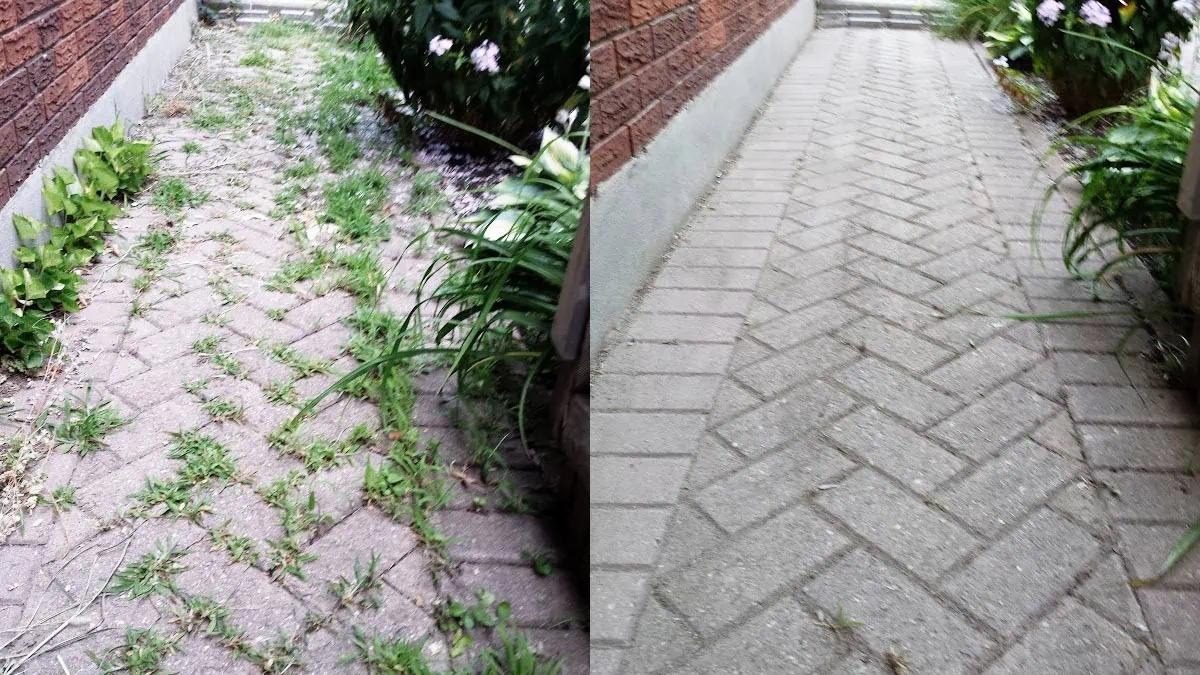

Articles
How To Get Rid Of Weeds In Brick Walkway
Modified: December 7, 2023
Learn effective methods and techniques to remove stubborn weeds from your brick walkway with these insightful articles.
(Many of the links in this article redirect to a specific reviewed product. Your purchase of these products through affiliate links helps to generate commission for Storables.com, at no extra cost. Learn more)
Introduction
Welcome to the ultimate guide on how to get rid of weeds in a brick walkway. Weeds can be a common nuisance for homeowners, especially when they start invading the beautiful brick pathways around our homes. Not only do weeds mar the appearance of our walkways, but they can also cause damage and create safety hazards if left untreated.
But fear not! With the right knowledge and techniques, it is possible to reclaim your brick walkway and keep it weed-free. In this comprehensive guide, we will explore various methods of weed removal, both natural and chemical, as well as preventive measures to ensure long-lasting results.
Before we dive into the strategies for weed removal, it’s essential to understand the types of weeds you may encounter in your brick walkway. By familiarizing yourself with the enemy, you can better arm yourself to combat them effectively.
Key Takeaways:
- Understanding the types of weeds and preparing for weed removal are crucial steps in effectively reclaiming and maintaining a weed-free brick walkway. By identifying the enemy and proper preparation, you can tackle weed issues with confidence.
- Integrating natural and chemical weed control methods, along with preventive measures and regular maintenance, is the key to achieving and sustaining a beautiful, weed-free brick walkway. With the right knowledge and techniques, you can enjoy a pristine outdoor space that enhances the overall appeal of your home.
Read more: How To Get Rid Of Weeds In A Brick Patio
Understanding the Types of Weeds
Before you start tackling the weeds in your brick walkway, it’s important to familiarize yourself with the different types of weeds you may encounter. Understanding their growth patterns and characteristics will help you choose the most effective method for eradication.
1. Grassy Weeds: These are the common weeds that resemble grass blades, such as crabgrass and goosegrass. They tend to spread rapidly and can quickly take over your brick walkway if left unchecked.
2. Broadleaf Weeds: This category includes weeds with wider leaves, like dandelions, clover, and plantain. Broadleaf weeds not only ruin the aesthetic appeal of your walkway but can also compete with surrounding plants for essential nutrients.
3. Sedge: Sedge is a weed that looks similar to grass but has triangular stems. It thrives in moist areas and can be difficult to eradicate. If you notice clumps of grass-like plants with triangular stems in your brick walkway, you may be dealing with sedge.
4. Moss and Algae: While technically not weeds, moss and algae can still grow in between the bricks, causing them to become slippery and unsightly. You may need to take specific measures to control their growth and prevent them from recurring.
By identifying the types of weeds present in your brick walkway, you can tailor your approach to specific weed control methods. Now that we have a good understanding of the different weed varieties, let’s move on to the preparation process before embarking on weed removal.
Preparing for Weed Removal
Before you can effectively remove weeds from your brick walkway, it’s important to prepare yourself and the area for the task at hand. Taking the time to properly prepare will not only make the weed removal process more efficient but also help prevent weed regrowth in the future.
1. Gather the necessary tools: Make sure you have the right tools on hand to effectively remove the weeds. Some essential tools for weed removal include a hand trowel or weeding tool, a garden hoe, a stiff brush, and a small bucket or bag for collecting the weeds.
2. Choose the right time: It’s best to tackle weed removal when the weeds are actively growing. This is typically during the warmer months when sunlight and moisture are abundant. Avoid removing weeds when the ground is too dry or waterlogged, as it can make the process more challenging.
3. Clear the area: Remove any debris, fallen leaves, or other obstructions from the brick walkway. This will make it easier to spot and target the weeds. Sweep the area thoroughly to ensure a clean surface before you begin the weed removal process.
4. Protect yourself: Wear protective gloves, long sleeves, and long pants to shield your skin from potential irritants and allergens. Some weeds can cause skin reactions, so it’s important to take precautions to keep yourself safe.
5. Consider weather conditions: Check the weather forecast before starting. Avoid weed removal on days with high wind, as it can make it difficult to control the weed debris. Similarly, if rain is in the forecast, it’s best to postpone the task, as wet conditions can make it harder to remove weeds from the brick walkway.
By taking these preparatory steps, you ensure that you have the necessary tools, a clear workspace, and the appropriate protective gear. Now that you’re ready to tackle the weeds, let’s explore the different methods you can use for effective weed removal.
Methods for Weed Removal
When it comes to removing weeds from your brick walkway, there are various methods you can employ, depending on your preferences and the extent of the weed infestation. Let’s explore some effective methods for weed removal.
1. Hand Pulling: Hand pulling is a simple and effective method for removing weeds, especially for smaller infestations. Use a hand trowel or weeding tool to loosen the soil around the base of the weed, then grip the weed as close to the ground as possible and pull firmly, making sure to remove the entire root. Dispose of the weeds in a bag or bucket to prevent regrowth.
2. Use a Garden Hoe: For larger areas or dense weed growth, a garden hoe can be a useful tool. Slide the sharp edge of the hoe under the top layer of the soil, just below the weeds, and pull back towards you to sever the weeds from their roots. This method is most effective for grassy weeds and can cover larger areas quickly.
3. Stiff Brush or Wire Brush: For weeds that have taken root between the bricks, a stiff brush or wire brush can help dislodge them. Scrub the surface of the brick walkway vigorously, targeting the areas with visible weed growth. This method is most effective for removing moss, algae, and smaller weeds that are not deeply rooted.
4. Heat Treatment: Another method for weed removal is using heat, particularly for areas where you want to avoid using chemicals. You can use a weed torch or a handheld propane torch to apply heat directly to the weeds, causing them to wither and die. Take precautionary measures to avoid damaging the bricks or starting a fire, and be extra careful when working near flammable materials.
5. Organic Weed Control Solutions: There are several organic solutions available on the market that can be used to kill and prevent weed growth. These include vinegar-based weed killers, boiling water, saltwater solution, or homemade natural herbicides. Apply these solutions directly to the weeds and follow the instructions on the product label for best results.
Remember, the effectiveness of these methods may vary depending on the type of weeds and the extent of the infestation. It is essential to be consistent in your weed removal efforts to prevent regrowth and maintain a weed-free brick walkway.
Now that you’re armed with various tools and methods for weed removal, let’s explore natural and chemical options for long-term weed control.
Natural Weed Control
If you prefer to take an eco-friendly approach to weed control in your brick walkway, there are several natural methods you can utilize. These methods not only help eradicate weeds but also promote a healthier environment. Let’s explore some effective natural weed control options.
1. Manual Weed Removal: Hand pulling and using garden tools, as mentioned earlier, are natural and effective methods to remove weeds without the use of chemicals. Ensure you remove the entire root to prevent regrowth.
2. Mulching: Applying a layer of organic mulch, such as wood chips or straw, to the surface of the brick walkway can help suppress weed growth. Mulch acts as a barrier, preventing sunlight from reaching weed seeds and limiting their ability to germinate.
3. Vinegar: White vinegar can be a useful natural herbicide to kill weeds. Fill a spray bottle with undiluted vinegar and spray it directly on the weeds, ensuring you cover the leaves and stems. Be careful to avoid contact with desirable plants, as vinegar can be harmful to them as well.
4. Saltwater Solution: A mixture of salt and water can be an effective weed killer. Dissolve a high concentration of salt in warm water and spray it directly onto the weeds. Be cautious when using this method, as salt can leach into the soil and affect surrounding plants if overused.
5. Boiling Water: Pouring boiling water directly on weeds can cause them to wither and die. This method is particularly effective for small, delicate weeds that are growing in cracks or between bricks. Take caution while handling boiling water to avoid burns or damage to the surrounding area.
6. Corn Gluten Meal: Corn gluten meal is an organic product that acts as a natural weed preventer. It contains compounds that prevent weed seeds from germinating. Apply it to the brick walkway in early spring before weed seeds have a chance to sprout.
It’s important to note that while these natural methods can be effective for weed control, they may require repeated applications or regular maintenance to achieve desired results. Integrating these natural weed control methods into your routine maintenance will help you maintain a beautiful and weed-free brick walkway while minimizing environmental impact.
Now that we’ve explored natural weed control methods, let’s discuss chemical weed control options for more persistent weed infestations.
To get rid of weeds in a brick walkway, you can use a weed killer specifically designed for use on hard surfaces. Make sure to follow the instructions on the product label for best results.
Read more: How To Get Rid Of Weeds On A Patio
Chemical Weed Control
When natural weed control methods are not sufficient to tackle persistent weed infestations in your brick walkway, chemical weed control options can be considered. Chemical herbicides can provide effective results, but it’s important to use them judiciously and with caution. Here are some common chemical weed control options to consider:
1. Selective Herbicides: Selective herbicides target specific types of weeds while sparing desired plants. They can be highly effective in controlling grassy or broadleaf weeds without harming the surrounding vegetation. Selective herbicides are available in both liquid and granular forms, and they come with specific instructions for application.
2. Non-Selective Herbicides: Non-selective herbicides, such as glyphosate, are broad-spectrum weed killers that eliminate all plant life they come into contact with. These herbicides are effective for total vegetation control, but they should be used with caution to avoid damage to desired plants. Carefully follow the instructions provided by the manufacturer.
3. Pre-Emergent Herbicides: Pre-emergent herbicides are applied before weed seeds germinate, creating a barrier that prevents weed growth. They are effective in controlling annual weeds and can provide long-term suppression when applied at the right time. Again, be sure to follow the instructions for application and use appropriate protective gear.
4. Spot Treatments: For isolated or scattered weeds in your brick walkway, spot treatments can be helpful. These involve applying a targeted amount of herbicide directly to the weed, ensuring minimal impact on surrounding plants. Spot treatments are commonly used in conjunction with selective herbicides.
When using chemical weed control methods, it is important to adhere to safety precautions. Wear protective clothing, gloves, and goggles, and apply herbicides when the wind is calm to prevent drift. Be mindful of the environment and avoid overuse or unnecessary chemical application.
Additionally, it’s important to consider the potential impact of chemical herbicides on water sources, wildlife, and beneficial insects. If you have concerns about using chemical herbicides, explore alternative methods or consult with a professional for guidance.
Remember, chemical herbicides should always be used as a last resort and in accordance with local regulations and guidelines. Combine chemical methods with other preventive measures to minimize the need for frequent herbicide application.
With a good understanding of natural and chemical weed control options, you are now equipped to make informed decisions on how to effectively manage weeds in your brick walkway.
Next, let’s explore preventive measures to keep your brick walkway weed-free for the long term.
Preventing Weed Growth
Preventing weed growth is key to maintaining a weed-free brick walkway in the long run. By implementing preventive measures, you can significantly reduce the need for frequent weed removal and control. Here are some effective strategies to prevent weed growth:
1. Weed Barrier Fabric: Before laying the bricks for your walkway, consider using a weed barrier fabric. This permeable material acts as a barrier between the soil and the bricks, preventing weed seeds from germinating and growing through the cracks. Ensure the fabric is properly installed to cover the entire area of the walkway.
2. Regular Maintenance: Regularly inspect and maintain your brick walkway to catch any early signs of weed growth. Remove any small weeds promptly, before they have a chance to establish themselves. Regular sweeping and cleaning of the walkway will also help prevent weed seeds from taking hold.
3. Proper Spacing: When laying the bricks, ensure they are properly spaced with minimal gaps. This helps reduce the available space for weed seeds to settle and germinate. Pay attention to any cracks or crevices that may develop over time and fill them in promptly to prevent weed growth.
4. Appropriate Watering: Be mindful of your watering practices around the brick walkway. Overwatering can promote weed growth, as it provides the ideal conditions for germination. Water the surrounding plants and lawn carefully, avoiding excessive overspray onto the walkway.
5. Mulching: As mentioned earlier, organic mulch can serve as an effective weed barrier. Apply a layer of mulch around the perimeter of the brick walkway, ensuring it does not come into direct contact with the bricks. This will help smother weed seeds and limit their ability to sprout.
6. Regular Inspections: Take the time to inspect the brick walkway periodically for any signs of weed growth. Address any emerging weeds promptly to prevent them from spreading or becoming deeply rooted. Regular weeding as part of your maintenance routine will help keep the walkway in pristine condition.
By incorporating these preventive measures into your routine maintenance, you can significantly reduce the likelihood of weed growth in your brick walkway. While it requires some effort and attention, the long-term benefits of a weed-free walkway are well worth it.
Now that we have covered the preventive measures, let’s discuss how to maintain a weed-free brick walkway once you have removed the existing weeds.
Maintaining a Weed-Free Brick Walkway
Once you have successfully removed the weeds from your brick walkway, it’s important to implement a maintenance routine to ensure it remains weed-free. By following these maintenance practices, you can prolong the beauty and functionality of your walkway:
1. Regular Weed Inspections: Perform regular inspections of your brick walkway to catch any new weed growth early on. Keep an eye out for any seeds or plant debris that may have blown onto the walkway and remove them promptly to prevent weed establishment.
2. Structural Integrity: Check the condition of the bricks and fill any cracks or gaps promptly. Weeds can take advantage of these spaces and find their way through, so maintaining the structural integrity of the walkway is important for weed prevention.
3. Sweeping and Cleaning: Regularly sweep or use a leaf blower to remove debris, fallen leaves, and plant matter from the brick surface. This will not only keep the walkway looking clean but also prevent the buildup of organic material that can contribute to weed growth.
4. Reapply Mulch: As organic mulch breaks down, it may become less effective as a weed barrier. Periodically assess the condition of the mulch around the brick walkway and replenish it as needed. This will help maintain a barrier against weed seeds and limit their ability to germinate.
5. Appropriate Watering: Be mindful of your watering practices around the brick walkway. Overwatering can create a favorable environment for weed growth. Water the surrounding plants and lawn carefully, avoiding excessive overspray or runoff onto the walkway.
6. Regular Maintenance: Incorporate regular weeding into your overall garden maintenance routine. Schedule dedicated time to inspect and remove any new weed growth as soon as possible. This proactive approach will prevent weeds from taking root and spreading throughout the walkway.
By following these maintenance practices consistently, you can enjoy a weed-free brick walkway for an extended period. Regular inspections, cleaning, and preventive measures will help keep your walkway looking its best and ensure minimal weed growth.
Remember, maintenance is an ongoing process, so staying vigilant and proactive will help you maintain the beauty and functionality of your brick walkway for years to come.
With the knowledge and techniques provided in this guide, you are well-equipped to tackle weed issues in your brick walkway effectively. By implementing a combination of weed removal methods, preventive measures, and regular maintenance, you can enjoy a beautiful, weed-free walkway that enhances the overall aesthetics of your home. Happy weeding!
Validate HTML here.
Conclusion
Congratulations! You have now reached the end of our comprehensive guide on how to get rid of weeds in a brick walkway. We have covered a range of topics, from understanding the types of weeds to implementing natural and chemical weed control methods, as well as preventive measures for long-term weed prevention.
Weeds can be a persistent nuisance, but with the right knowledge and techniques, you can reclaim your brick walkway and maintain its pristine condition. Whether you prefer natural weed control methods, chemical herbicides, or a combination of both, it’s important to choose the approach that aligns with your preferences and environmental considerations.
Remember to appropriately prepare for weed removal, gather the necessary tools, and protect yourself during the process. Regular inspections, cleaning, and maintenance are vital in preventing weed growth and ensuring a weed-free walkway.
Additionally, it’s essential to stay informed of local regulations and guidelines regarding the use of chemical herbicides. Always prioritize the health and safety of yourself, others, and the environment when using any weed control methods.
We hope this guide has provided you with valuable insights and practical tips to effectively manage weeds in your brick walkway. By incorporating the strategies outlined here, you can enjoy a beautiful and weed-free outdoor space that enhances the overall appeal of your home.
Remember, maintaining a weed-free brick walkway is an ongoing process. Regular attention and consistent efforts will yield the best results in your fight against weeds. Stay proactive, be patient, and enjoy the rewards of your efforts as you relish in the beauty of your well-maintained, weed-free brick walkway.
Validate HTML here.
Frequently Asked Questions about How To Get Rid Of Weeds In Brick Walkway
Was this page helpful?
At Storables.com, we guarantee accurate and reliable information. Our content, validated by Expert Board Contributors, is crafted following stringent Editorial Policies. We're committed to providing you with well-researched, expert-backed insights for all your informational needs.
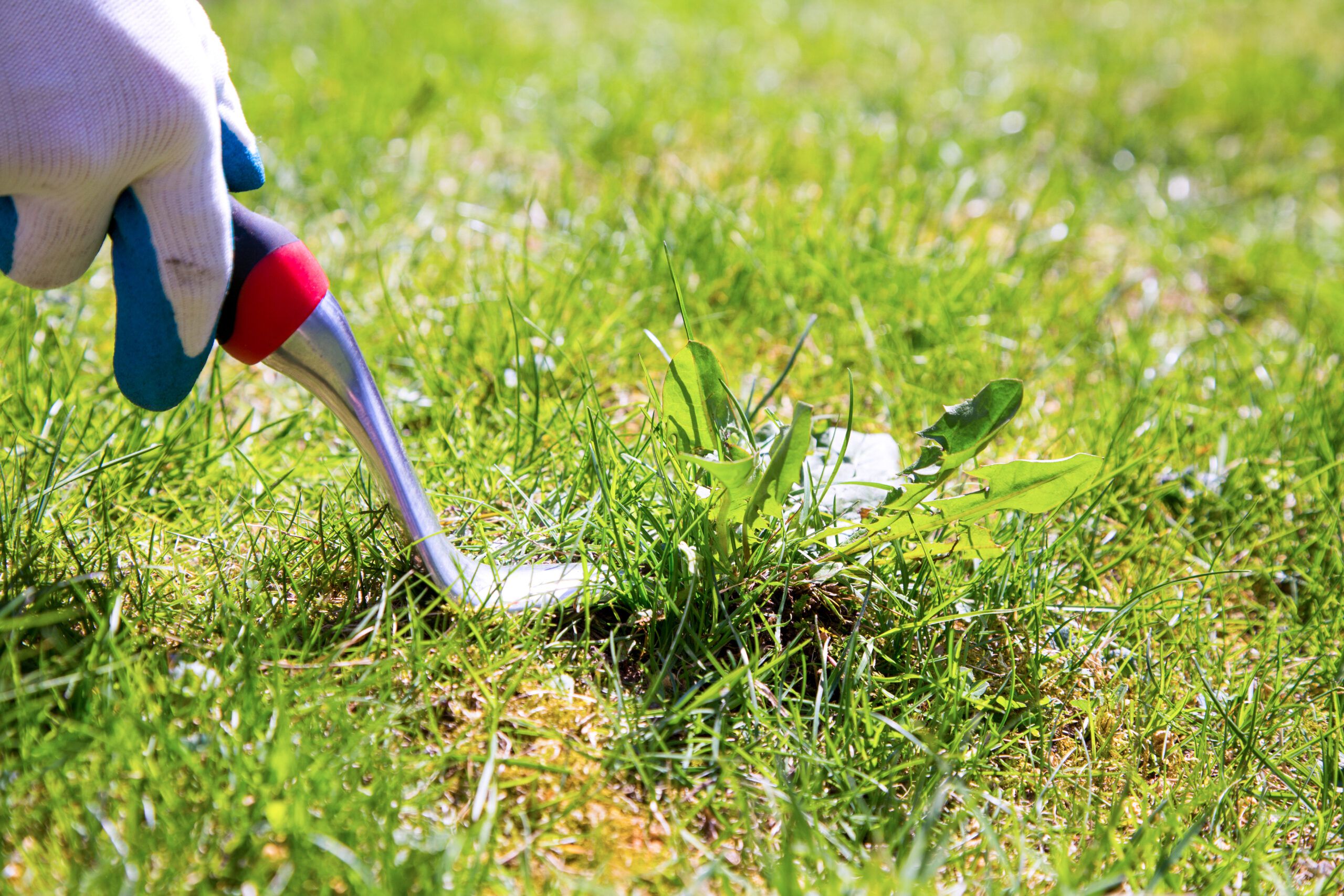
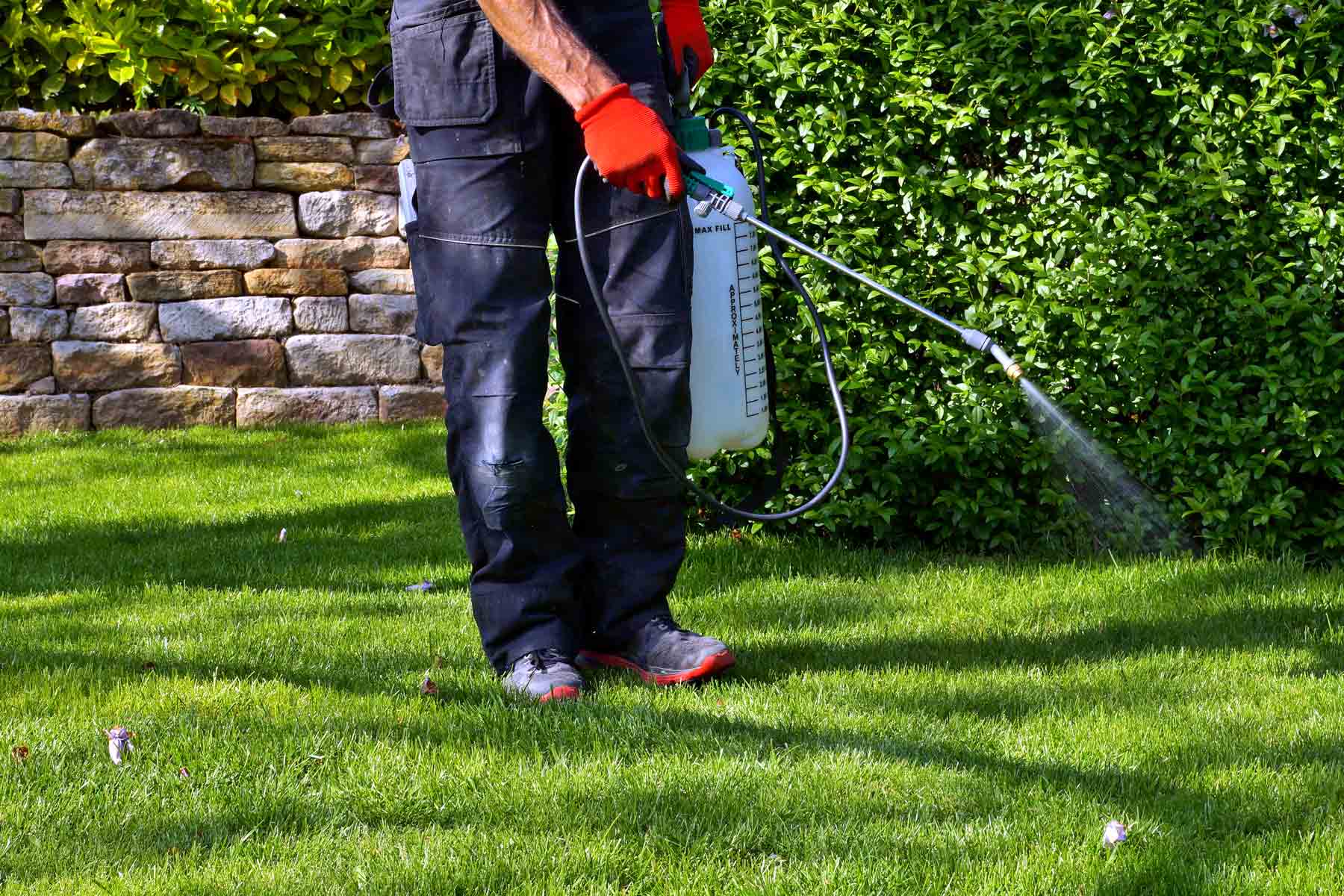
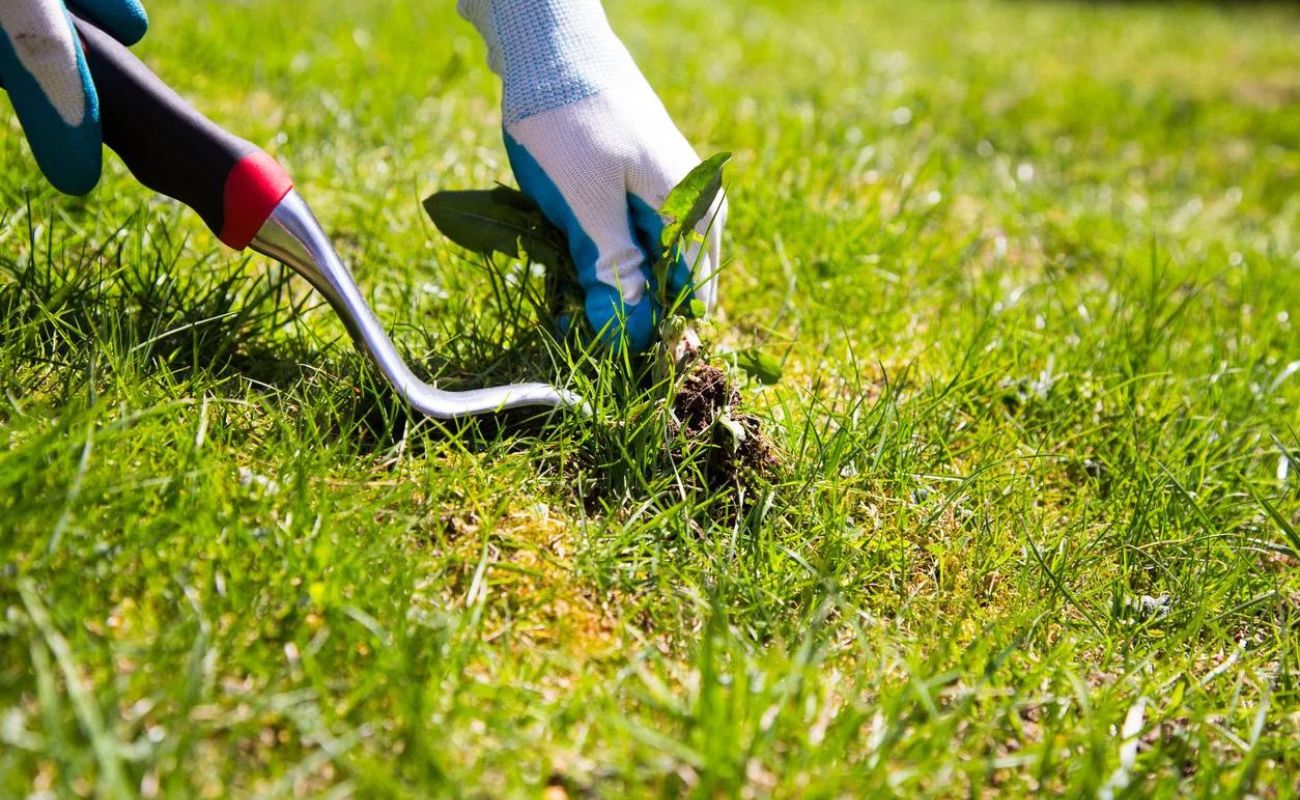
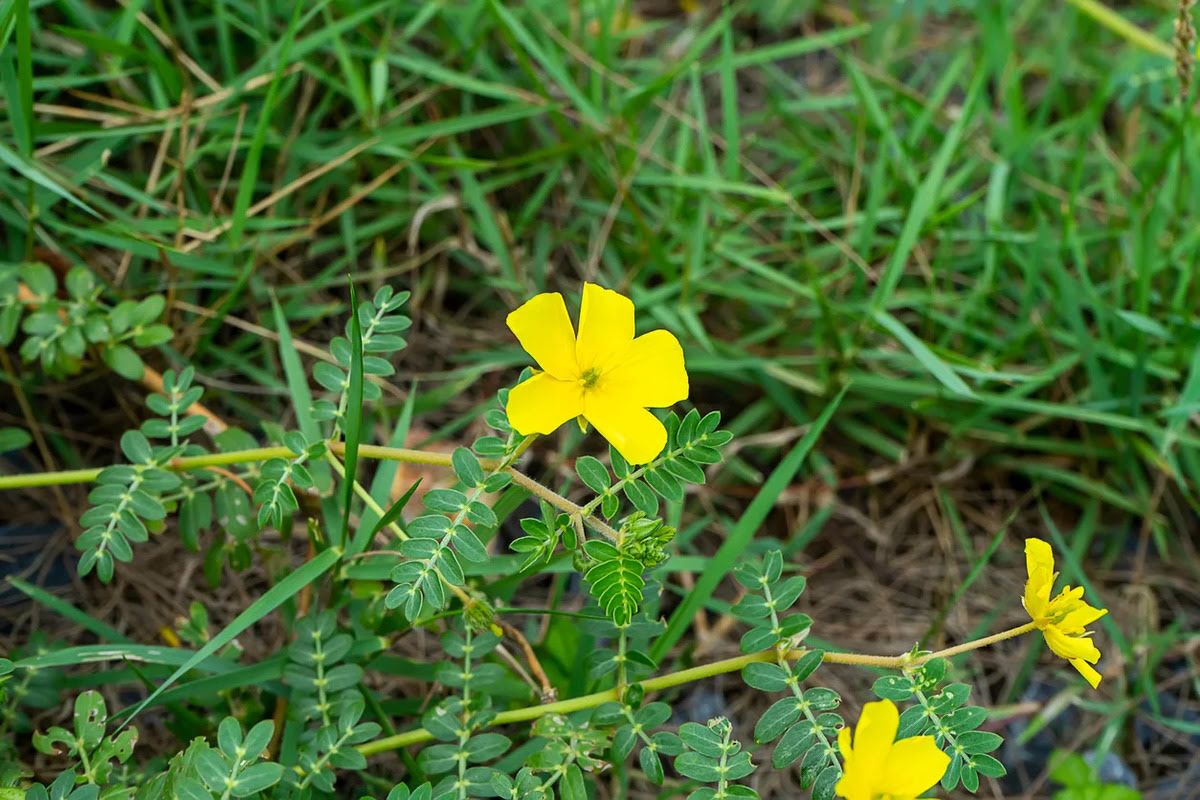

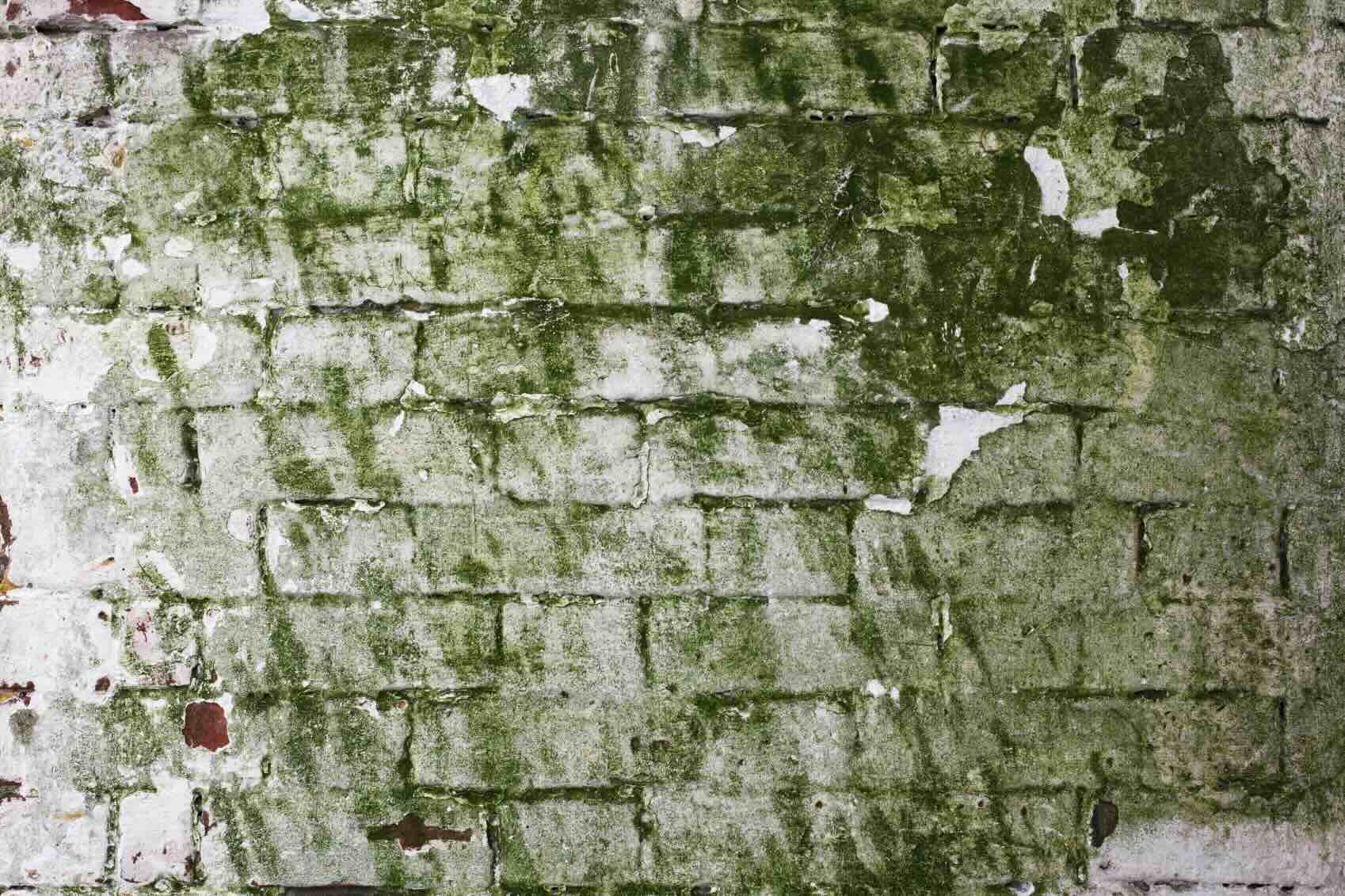

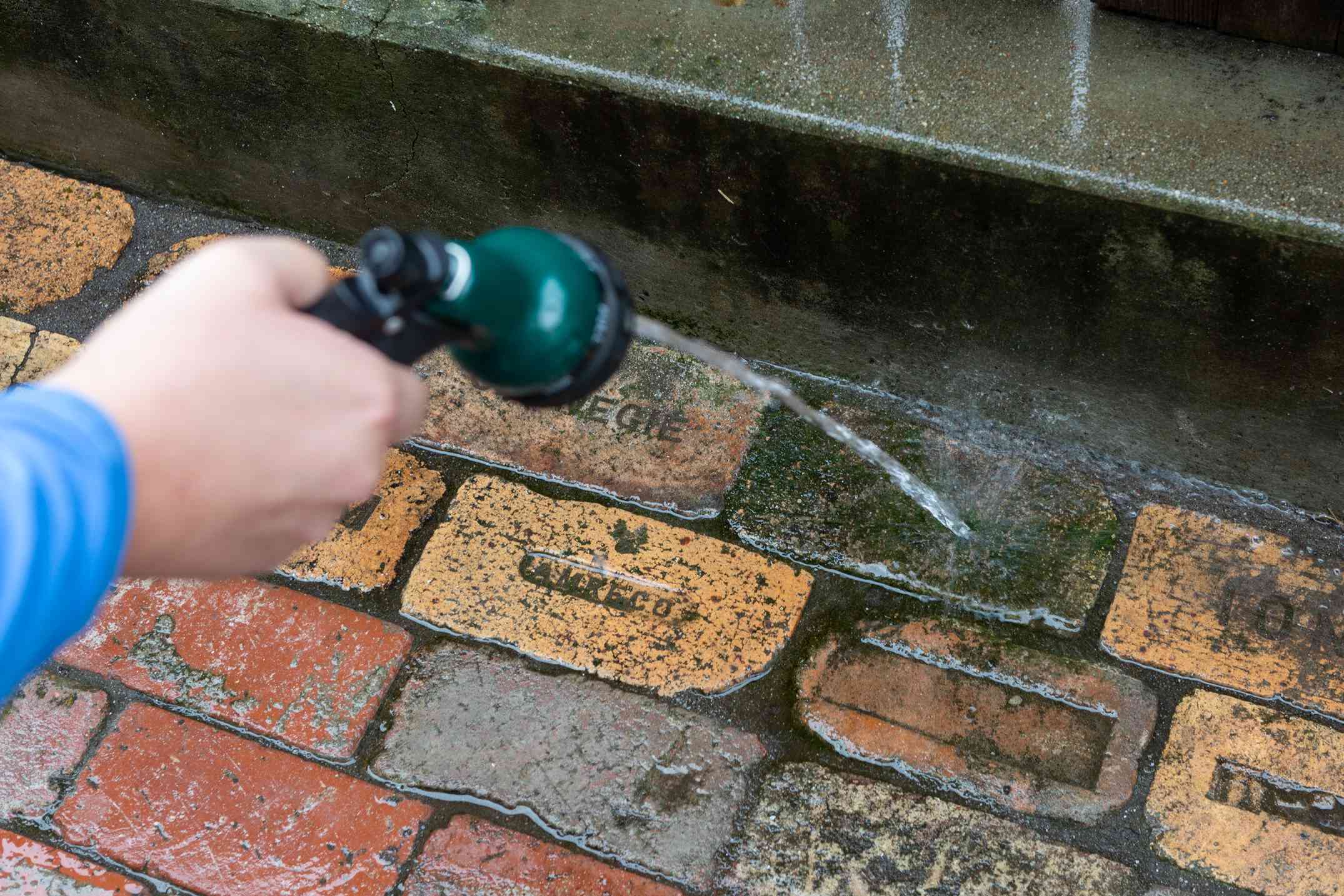
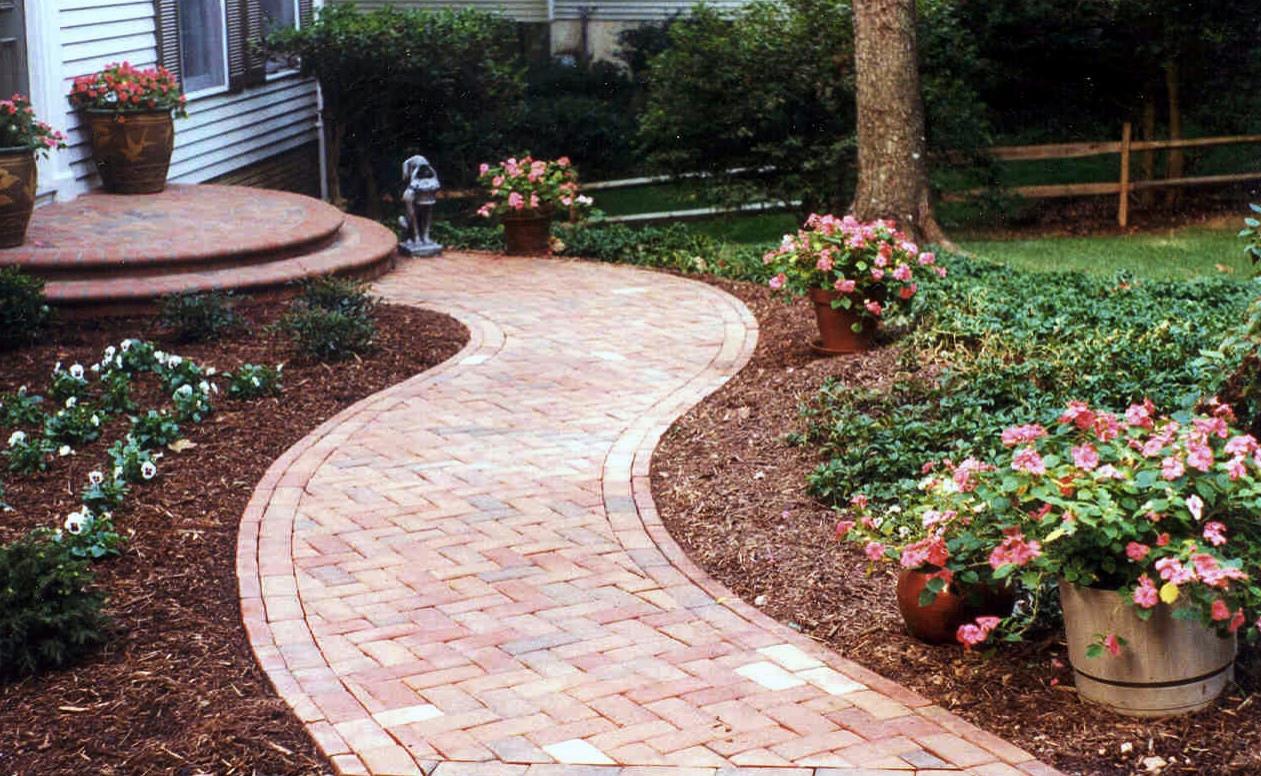
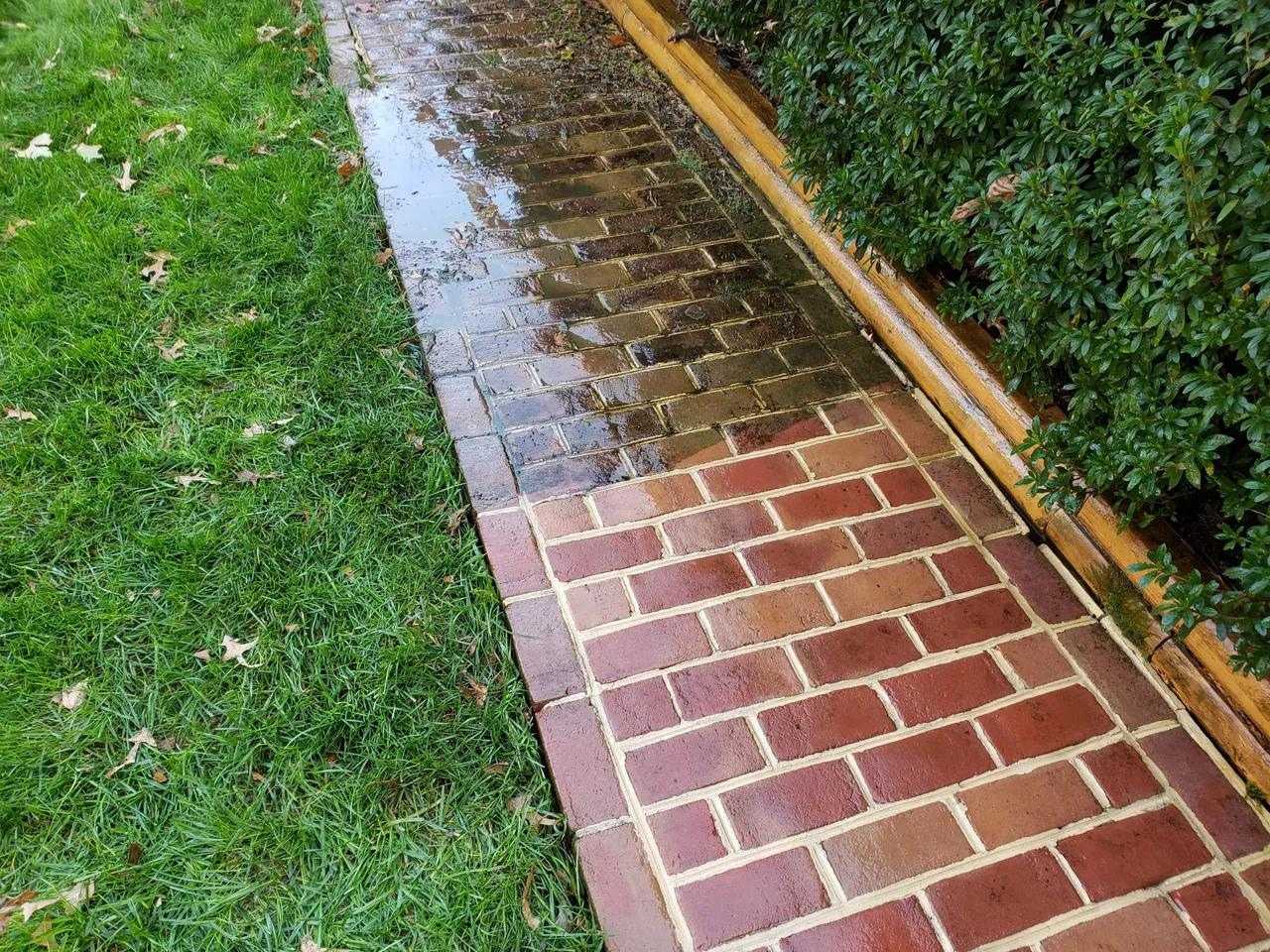
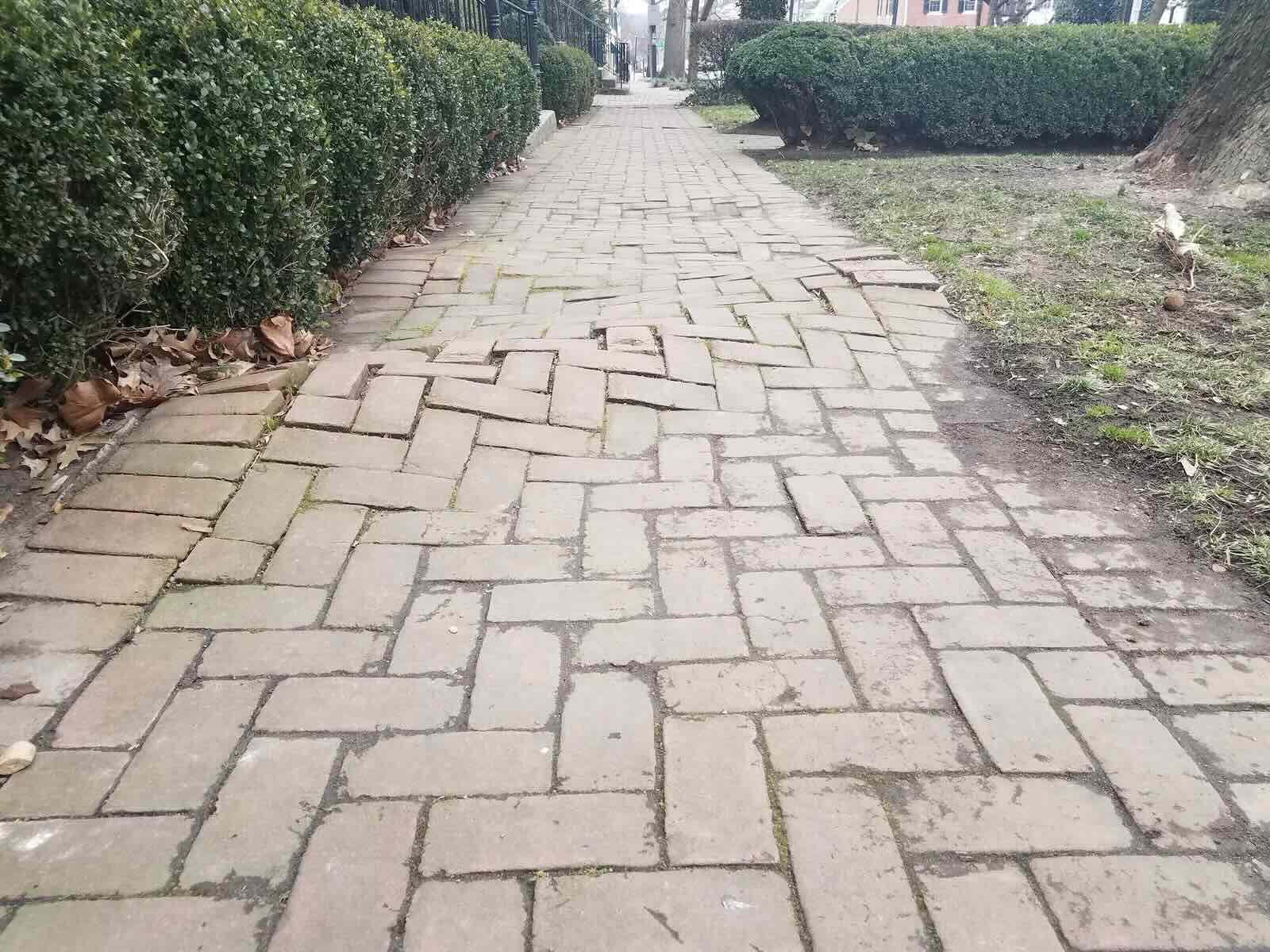
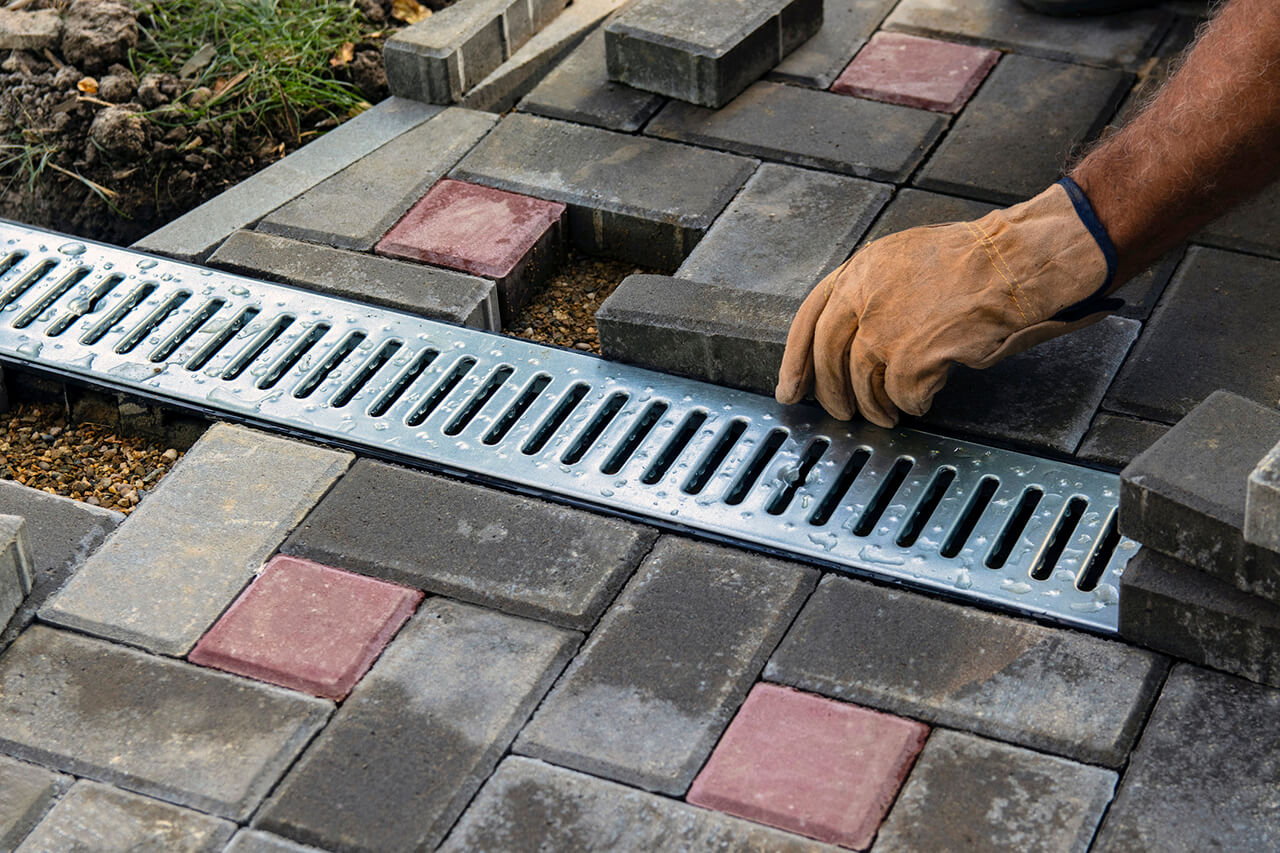
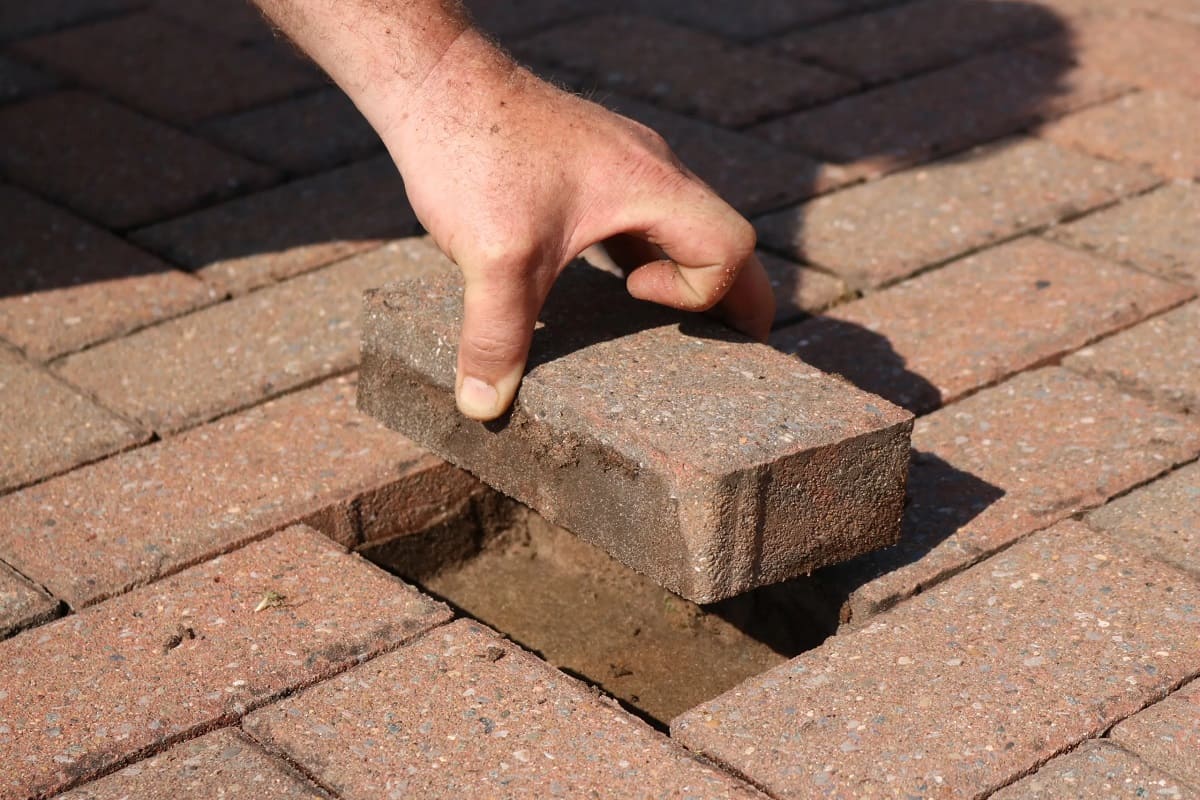
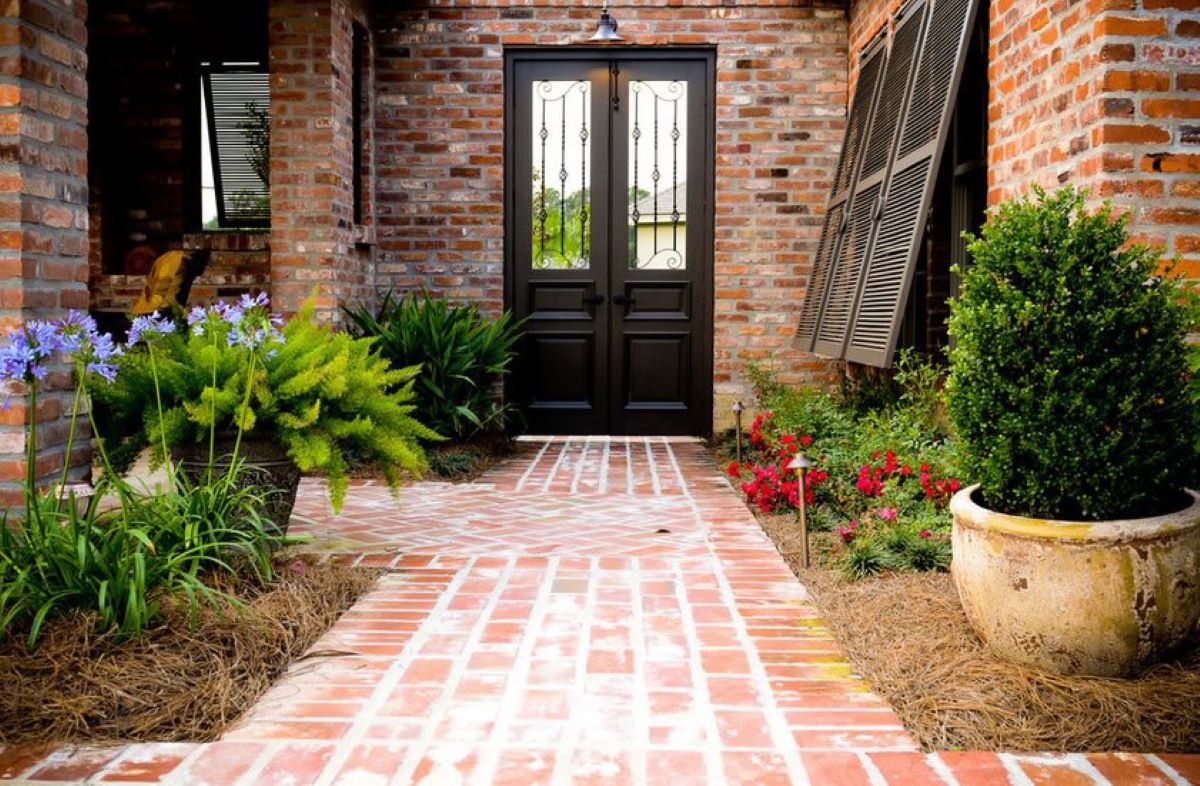

0 thoughts on “How To Get Rid Of Weeds In Brick Walkway”